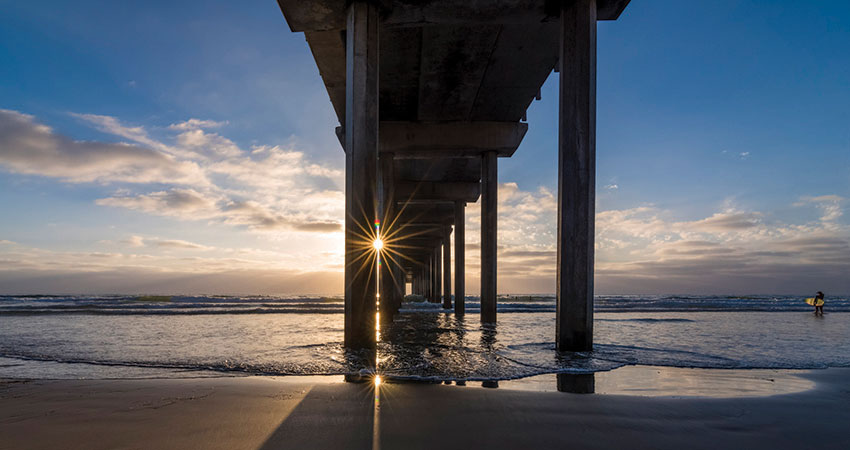
Hank Lobe, Severn Marine Technologies, LLC
Historically, bio-fouling control has been achieved by exploiting the toxicity of metals, organometals and other similar biocides to marine invertebrates and incorporating them in paint matrixes to form antfouling coatings. This class of coatings and associated methodology is unacceptable for undersea instruments for a variety of reasons which include: optical transparency, changes in density over time, toxicity to personnel and the environment, and degrading efficacy.
Other antifouling techniques that are sometimes used on oceanographic instrumentation such as ablative greases containing various pepper extracts were also evaluated but judged to be unacceptable when evaluated against the performance requirements of long term effectiveness, durability, occupational safety and constant density.
Severn Marine Technologies LLC and its Corporate Partners, Mid Mountain Materials Inc. has developed a newer class of coatings, ClearSignal, that has been designed specifically for oceanographic instrumentation and advanced undersea platforms. The system is presently being used by the US Navy, Port and Harbor facilities, offshore oil and gas interests, instrument providers to the the NSF OOI program and others.
The topic area is particularly timely as the science and commercial industries have in the last several years realized an acute need the technology described. Examples of this are the $400M dollar plus NSF Ocean Observing Initiative, the US Navy Persistent Sensing programs and the commercial seismic oil exploration expanded use of seismic streamers that incorporate sensors which are highly susceptible to the acoustic noise generated from biofouling settlement.
Information will be presented on the specific biofouling protection and performance requirements of a variety of oceanographic instrumentation and platform types. Specific examples and data from a variety of commercial and scientific Glider and oceanographic instrument deployments will be presented in order that the listener can ascertain the full range of biofouling protection possible with state of the art biofouling control solutions. The listeners will be encouraged to describe their particular biofouling issue as related to oceanographic instruments and platforms in order that a solution and performance expectation can be described for that application and instrument.




